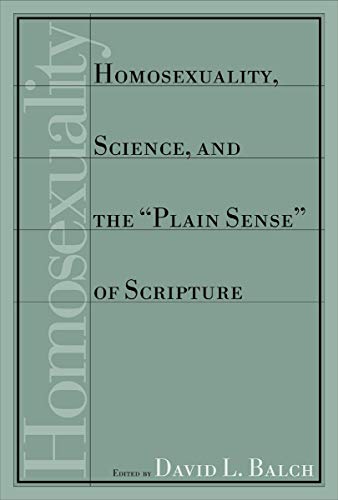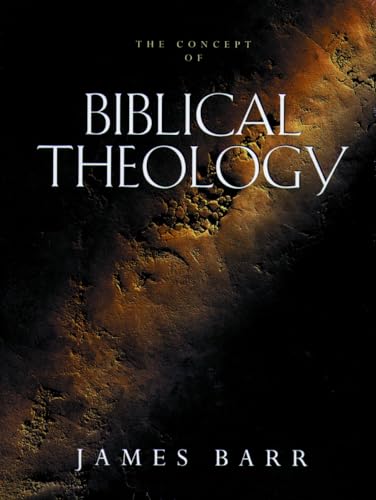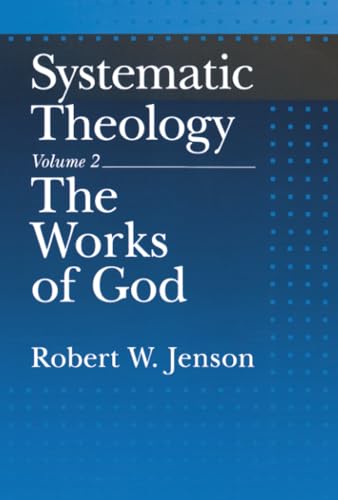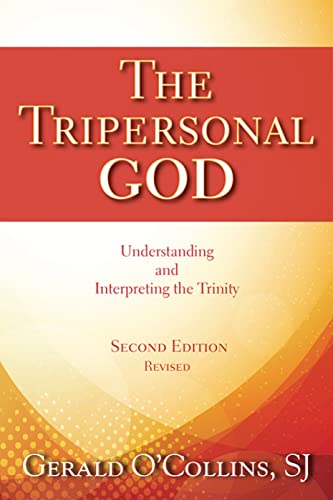Naming Jesus: Titular Christology in the Gospel of Mark
Written by Edwin K. Broadhead Reviewed By Gregory L. WaybrightWhen asked to review Edwin K. Broadhead’s Naming Jesus, I readily agreed. However when the review copy arrived and I saw the subtitle, Titular Christology in the Gospel of Mark, I wanted to renege on the commitment. Two decades ago, in the midst of my doctoral studies, I grew weary of the many attempts by NT scholars to analyse the titles used for Jesus in Mark’s Gospel, without reference to the role they play in the narrative. I could only envision wading through a Heitmueller or Bultmann-like initiative to show how the titles ascribed to Jesus somehow separate the Jesus of history from the Christ of the Church. I was even less enthusiastic about an updated attempt along the lines of Weeden or Perrin to identify competing Christologies in the early church through titular analysis. During my many years in parish ministry it became clear to me that, except for the rather narrow perspectives of some scholars, the Gospels have always presented themselves to the reader as narrative, particularly historical narrative literature and that the titular characterisation can only be understood properly through narrative analysis.
What a pleasant surprise it was actually to read Broadhead’s book and see that his main emphasis is to trace the development of the titles used to name and identify Jesus within the larger narrative strategy. The entry point in discussing each title is a review of the historic background of the specific title but the main focus of each chapter is not the historic background but what Broadhead calls the literary foreground. Broadhead refuses to isolate the titles from the narrative flow. As he states, ‘While external factors remain relevant, the titles receive their most decisive imprint from the literary strategy and the literary world which host them. The outcome of such a process is not a systematic Christology, but a narrative presentation or performance’ (29).
There is much to be commended in the book. First, the taxonomy in chapter 1, Introduction, is a good synopsis of the kind of titular studies of Jesus that have been undertaken in the history of higher criticism (and that I hoped would not characterise this book). This is organised with some innovation, concisely written, and, in my estimation, is generally accurate in its brief descriptions of scholarly positions. Second, Broadhead demonstrates a consistent ability to synthesise and summarise rather vast amounts of secondary material throughout the book. This occurs in the Introduction and also in the sections entitled ‘historical background’ for each title discussed. In fact, this ability is further demonstrated by the conclusions at the end of each chapter which actually provide abstracts of the chapter’s contents and by the final chapter, Conclusion, which is a summary of the summaries. The first six pages of that concluding chapter provide Broadhead’s own abstract of his earlier discussions.
Thirdly, Broadhead has clearly done his homework. The book is marked by a thorough familiarity with both source and secondary material. Fourthly, as indicated above, the analysis of each title take place with an understanding and appreciation of the narrative form of literature. This, in my estimation, is one of the strengths of the book. Fifthly, several of the chapters are especially insightful; e.g., Jesus the Nazarene (ch. 2), the Holy One of God (ch. 9), the Son of David (ch. 11), Son of God (ch. 12), Son of Man (ch. 13), and the Crucified One (ch. 17).
This is not to say that I find the book to be completely unflawed. The first shortcoming is that a number of the chapters do not deal with titles of Jesus at all but only with descriptions. Thus, the emphasis of the book often does not seem to be titular Christology at all but a descriptive Christology. Discussions of prophet, the greater one, priest (in which only priestly activity by Jesus is provided as justification for including this in titular Christology), shepherd, the suffering servant of God, lord, and the risen one hardly seem central to a study focusing on titles. Of course, without these chapters, the book would have been quite short and, with a price established at UK £35 and US $57.50, exorbitantly expensive if so brief. The second complaint I have is that Broadhead sometimes seems to make too much of little evidence. For example, the discussion of the very broadly used kurios in chapter 14 leads Broadhead to conclude that there is an intentional development of this title along four lines in Mark’s Gospel (140). He sees this as a narrative strategy that has a profound effect upon the discussion of Christology. However, to see this common designation as providing ‘an important bridge within the christological developments of early Christianity’ seems to me to be a major overstatement. Similar points might be made about a number of the chapters that deal not with titles but with descriptions of Jesus in the whole of Mark’s Gospel.
Still, this is a book that I recommend to the diligent student of the Gospels. In his preface, Broadhead writes, ‘May this work in some way aid the Church’. I have asked whether this work will indeed be of service to the Church and, indeed, I believe it will. The pastor and church leader who is committed to serious biblical exposition and preaching will find real help in understanding both the background of the descriptions of Jesus as well as insight into how Jesus is portrayed in the whole of Mark’s Gospel.
Gregory L. Waybright
Trinity Evangelical Divinity School, Deerfield







